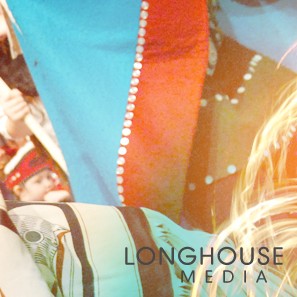I explored the Youtube channel for the host of the March’s Point video (Longhouse Media TV) and found a wealth of documentary videos made by many young natives using media technology. The statement of purpose from this media source echos much of the things we are learning in the course: “to catalyze Indigenous people and communities to use media as a tool for self-expression, cultural preservation, and social change.”
One of the video’s that caught my attention was Awakening Our Community. This documentary is comprised of interview snippets of indigenous people of various ages and gender discussing the topic of ‘where community comes from’ and how staying sober and having community impacts their lives. Here are some of their voices:
“It takes a community to raise a child, and when we lose children (e.g. to drugs and alcohol) it affects our community also”.
“Getting involved in my culture, I guess that pulled me away from that negative world out there… and not wanting my kids to grow up in a household like that.”
“I think it’s about each of us helping one another, and lifting each other up because we have a lot of gifts and talents within ourselves, and we just need to reach out to each other and support one another, and stop pulling each other down, but lift ourselves up together”.
“I think the first step to saving our community would be to heal, to come together and heal together, and have people come to community events where we can come together and pray together, and sing together… because the loss of our culture is a huge reason why have these addictions.”
Technology is seen here as a tool bringing people together, and promoting culture and expression as a way of bringing healing to a community.


